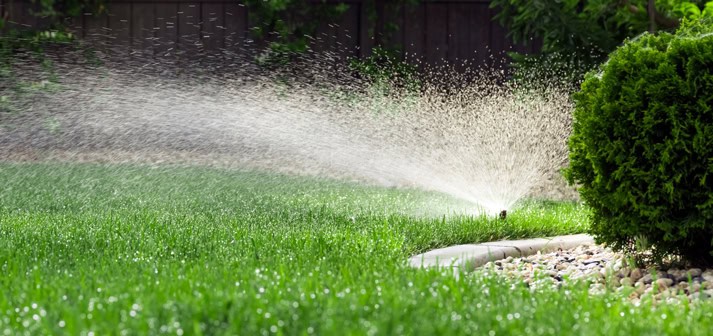Keep your garden hydrated this summer
Colorado’s explosive growth, accompanied by years of drought, has kept water conservation high on everyone’s radar. It’s no wonder we want to learn how to water more efficiently. But conservation isn’t the only reason why it’s important to learn best practices. How we water plants also impacts their health and survival.
Since precipitation varies from month to month and place to place, there isn’t one single formula for keeping plants properly hydrated throughout the year. But there are some recommended techniques for watering effectively no matter whether you live in the mountains or on the plains. These recommendations include adjusting the amount of water applied according to current weather conditions.
Generally, most grass, flowers, and shrubs thrive with 1 inch of water per week — far short of Colorado’s average 18-inch annual precipitation, which mostly consists of snowfall. Even after a wet winter, when it seemed like it would never stop snowing, we need to prepare for hot, dry days ahead.
Although it may be tempting to spray plants during the day when you notice leaves drooping, it’s better to apply water during cool mornings when less moisture will be lost to evaporation. Wet leaves are more vulnerable to mold and fungal development, and this danger is magnified when plants are sprayed at night.
The best approach is to apply water slowly and low to the ground. Therefore, drip, trickle, and soaker systems (or hoses set to flow slowly near the base of plants) are ideal. These systems reduce runoff, prevent soil from washing away, and encourage plant roots to grow deeper into the soil where water is stored. However, this doesn’t mean you can’t continue to use sprinklers to water the lawn.
There are formulas for determining how long it takes to apply the recommended inch. For sprinkler systems, place an empty tuna can 1–2 feet away from the sprinkler head and another can 1 foot from the outer edge of the spray. After 15 minutes, combine the water collected into one can, then divide the sum by two to get the average. If you collected 1/2 inch in 15 minutes, it will take 30 minutes to apply 1 inch per week. Preferably you should divide watering into 15-minute intervals twice per week. If it rains, deduct the amount of rainfall — measured with a rain gauge — from water you apply with sprinklers.
Remember, trees and shrubs also need watering when it’s dry. Soak new trees and shrubs thoroughly two or three times per week the first month, then water weekly the rest of the growing season. After trees are established, water once weekly.
With experience you’ll learn how often to water, but if you’re unsure, remove mulch from the soil surface and check moisture by sticking your finger a few inches into the ground. If dry, it’s time to water.
Master gardener Vicki Spencer has an eclectic background in conservation, water, natural resources, and more.










